
Principal investigators: Ben Letcher, USGS-BRD, S.O. Conte Anadromous Fish Research Center
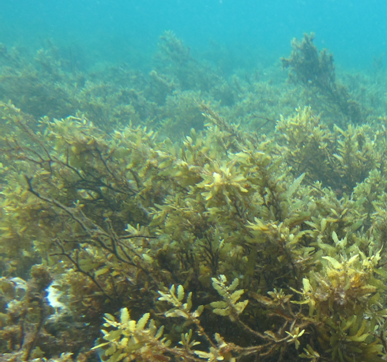
Principal investigators: Craig Allen, USGS - Nebraska Cooperative Fish & Wildlife Research Unit; Shana Sundstrom, USGS Coop Unit/School of Natural Resources University of Nebraska; Kirsty Nash, ARC Centre of Excellence for Coral Reef Studies, James Cook University
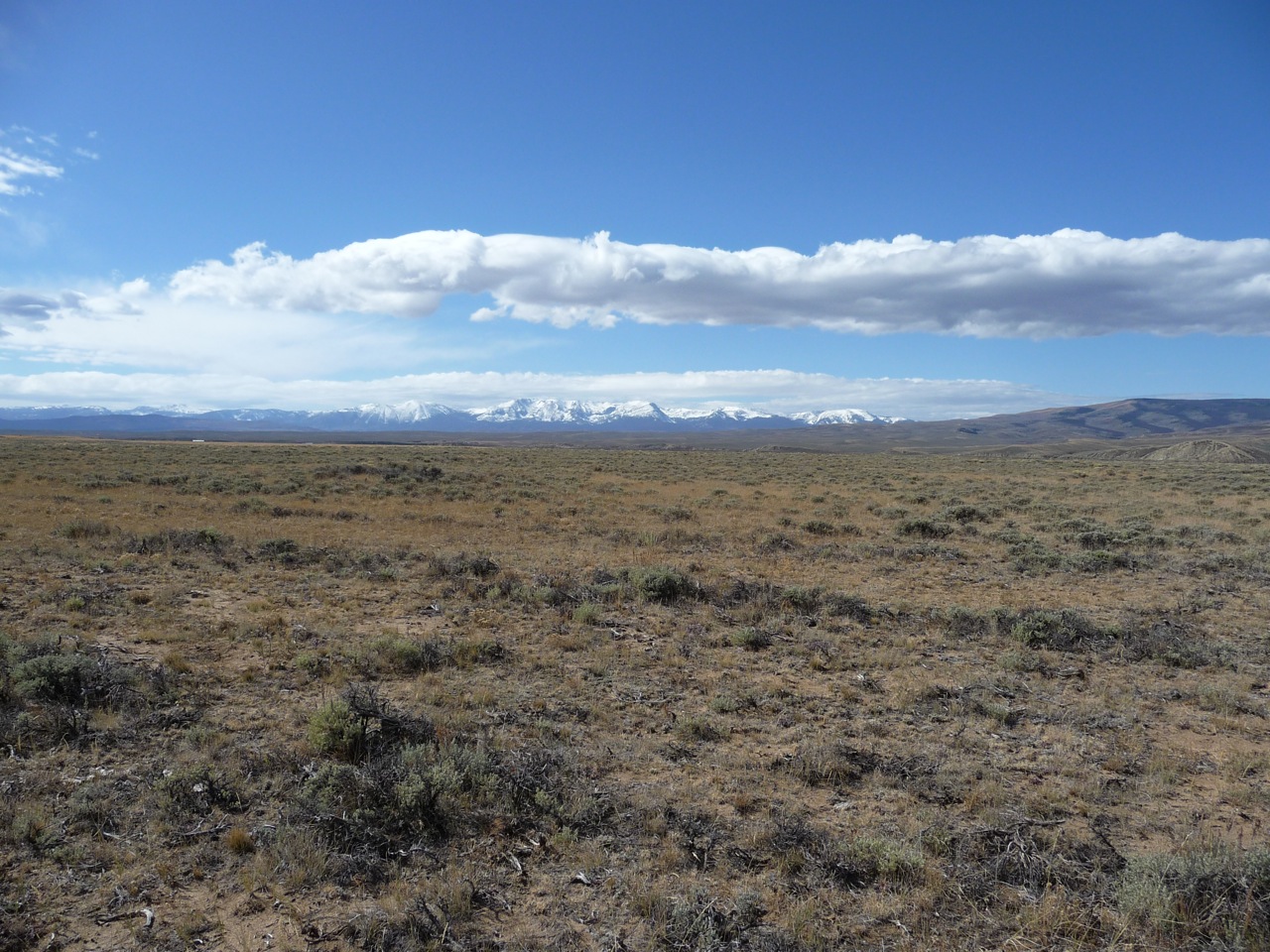
Principal investigators: John Bradford, USGS Southwest Biological Science Center; William Lauenroth, Botany Department, University of Wyoming

Principal investigators: Edward K. Hall and Matthew Wallenstein, Natural Resource Ecology Laboratory, Colorado State University; Jay Lennon, W. K. Kellogg Biological Station, Michigan State University
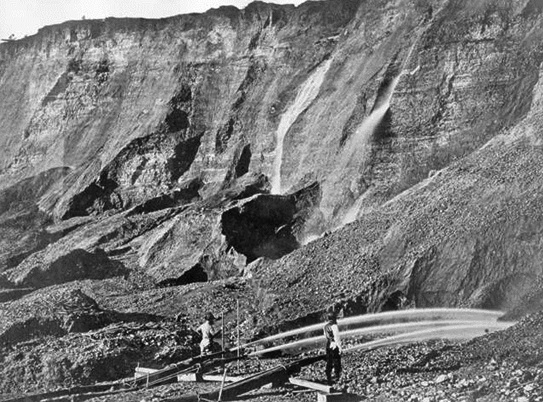
Principal investigators: Collin Eagles-Smith, USGS Forest and Rangeland Ecosystem Science Center; Mark Marvin DiPasquale, USGS National Research Program; David Evers, Biodiversity Research Institute; James Wiener, University of Wisconsin; Elsie Sunderland, Harvard University
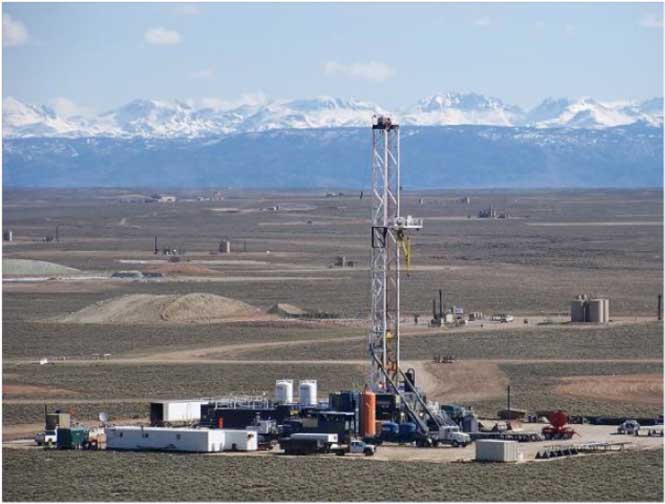
Principal investigators: Zachary Bowen (USGS Fort Collins Science Center, CO), David Mott (USGS Wyoming Water Science Center, Cheyenne, CO), Christopher Potter (USGS Central Energy Resources Science Center, Denver, CO)

Principal investigators: Harry Dowsett (USGS Eastern Geology and Paleoclimate Science Center, Reston, VA), Marci Robinson (USGS Eastern Geology and Paleoclimate Science Center, Reston, VA), Mark Chandler (Columbia University, New York, NY)
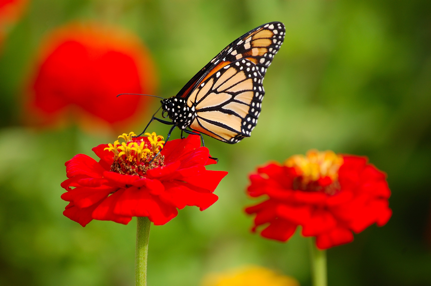
Principal investigators: Darius Semmens (USGS Rocky Mountain Geographic Science Center, Denver, CO), Laura Lopez-Hoffman (University of Arizona, Tucson, AZ), Jay Diffendorfer (USGS Rocky Mountain Geographic Science Center, Denver, CO), Jon Cline (University of Arizona, Tucson, AZ)
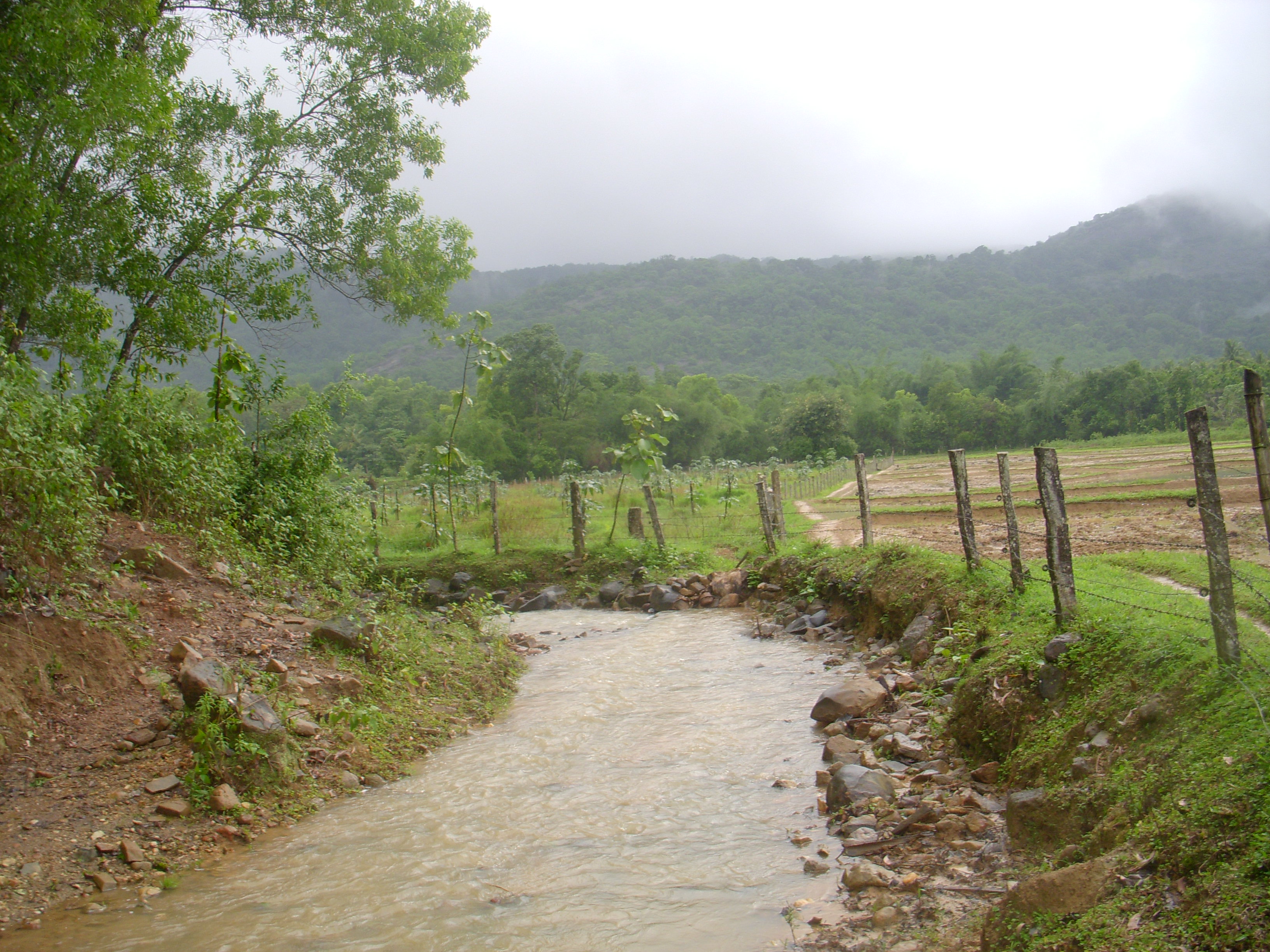
Principal investigators: Prasad S. Thenkabail (USGS Western Geographic Science Center, Flagstaff, AZ)

Principal investigators: Dennis S. Ojima (Natural Resource Ecology Laboratory (NREL); Forestry, Rangeland, and Watershed Stewardship Department, CSU, Fort Collins, CO), Thomas Loveland (USGS Earth Resources Observation and Science Center (EROS), Sioux Falls, SD), William J Parton (NREL, CSU, Fort Collins, CO)

Principal investigators: Brian Pellerin, Research Soil Scientist, USGS; James Shanley, Research Hydrologist, USGS, NH/VT Water Science Center; Douglas Burns, Research Hydrologist, USGS, NY Water Science Center.

Principal investigators: Ross S. Stein, Earthquake Science Center, USGS; Mark W. Stirling, GNS Science
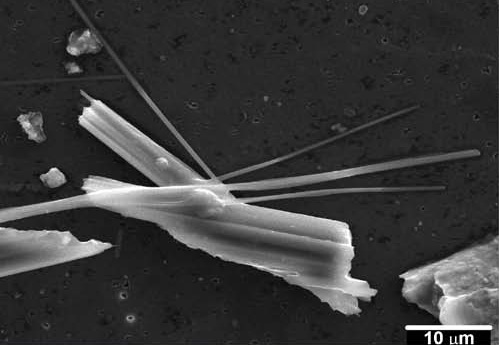
Principal investigators: Gregory P. Meeker, Geologist, USGS; Aubrey K. Miller, Captain US Public Health Service, Senior Medical Advisor, Office of the Director, National Institute of Environmental Health Sciences, National Institutes of Health
| Announcing FY2013 Powell Center Working Groups | |
Understanding fluid injection induced seismicity
| 
|
Potential impacts of prospective climate change on groundwater recharge in the western United States Principal investigators: Thomas Meixner, Hydrology and Water Resources, University of Arizona; David Stonestrom, U.S. Geological Survey, Water Mission Area, National Research Program; Bridget Scanlon, Bureau of Economic Geology, Jackson School of Geosciences; Andrew Manning, U.S. Geological Survey | 
|
Evidence for shifts in plant species diversity along N deposition gradients: a first synthesis for the United States
| 
|
Integrating modeling and empirical approaches to improve predictions of tropical forest responses to global warming
| 
|
A digital crust to advance continental-scale modeling of subsurface fluid flow in climate, crustal process, and Earth system models
| 
|
Advancing understanding of ecosystem responses to climate change with warming experiments: what we have learned and what is unknown? Principal investigators: Kevin Kroeger, U.S. Geological Survey Woods Hole Science Center; Jianwu Tang, Ecosystems Center, Marine Biological Laboratory; Pamela Templer, Department of Biology, Boston University | 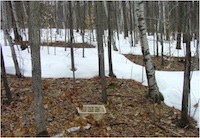 |
National Center for Ecological Analysis and Synthesis (NCEAS)
Australian Centre for Ecological Analysis and Synthesis (ACEAS)
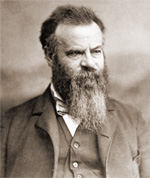 Powell Center Working Groups get:
Powell Center Working Groups get:
TIME FOR IN-DEPTH ANALYSIS WITHOUT DISTRACTIONS
ALL-EXPENSE PAID COLLABORATION WITH COLLEAGUES
FELLOWS FOR SCIENTIFIC SUPPORT
STATE-OF-THE-ART COMPUTING CAPABILITIES
John Wesley Powell Center for Analysis and Synthesis, by Jill Baron and Martin Goldhaber |
|

Publication: The effect of size and competition on tree growth rate in old-growth coniferous forests by Adrian Das Product of the 2010 Powell Center Working Group: Characterizing a link in the terrestrial carbon cycle: a global overview of individual tree mass growth | |
USGS Powell Center web portal on mercury cycling, bioaccumulation, and risk across North America 2012 Powell Center Working Group: Mercury cycling, bioaccumulation, and risk across western North America: a landscape scale synthesis linking long-term datasets | |
2011 Powell Center Working Group: Global Croplands and Their Water Use for Food Security in the Twenty-first Century Subsequent to Powell Center participation, this Working Group developed a proposal titled "Global Cropland Area Database (GCAD30) through Landsat and MODIS Data Fusion for the Years 2010 and 1990 and Its Dynamics Over Four Decades using AVHRR and MODIS" for which it received a $3.5 million dollar, 5-year grant from the NASA program: Making Earth System Data Records for Use in Research Environments (MEaSUREs). Read more.... | |
By Prasad S. Thenkabail and Zhuoting Wu 2011 Powell Center Working Group: Global Croplands and Their Water Use for Food Security in the Twenty-first Century | |
By David D. Susong, Tanya J. Gallegos, and Gretchen P. Oelsner 2011 Powell Center Working Group: Hydraulic fracturing and water resources: An assessment of the potential effects of shale gas development on water resources in the United States | |
Publication: Testing metabolic theory with models of tree growth that include light competition By Nadja Ruger and Richard Condit 2010 Powell Center Working Group: Characterizing a link in the terrestrial carbon cycle: a global overview of individual tree mass growth | |
PlioMip Working Group Product featured in Eos, an American Geophysical Union publication | |
Publication: Assessing confidence in Pliocene sea surface temperatures to evaluate predictive models Figure 2: Data and model mean annual temperature profiles.
Adapted by permission from Macmillan Publishers Ltd: |

Download Adobe Reader to view PDF files.
Accessibility FOIA Privacy Policies and Notices